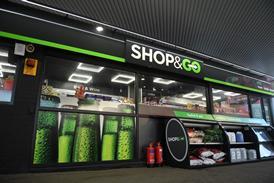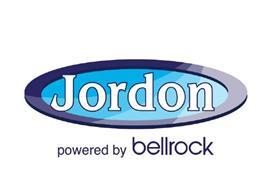
Another day, another claim about the petrol retailing industry ‘ripping off’ consumers. It’s especially annoying when it comes from an organisation whose own customers, or former customers, have repeatedly bemoaned ever rising prices and falling standards of service over the past 20 or more years, but that’s another story.
Unfortunately, the same old claims require the same old responses.
Start with the obvious. Nobody can claim to know accurately any retailer’s gross margin on a litre fuel unless they have sight of the tanker delivery invoice for that litre. That’s a straightforward accounting fact. Anything else is just based on estimates and assumptions, some possibly valid, others maybe not. But that’s never mentioned; but why let detail get in the way of a headline?
Secondly, any reference to gross margins exceeding ‘long-term averages’ can be rather misleading: what period are they looking at? I’ve never seen the ‘long-term’ specified, but at a guess I’d say it is probably somewhere between 2010 and 2020. Having been around this industry for somewhat longer, I can remember old school retailers in the 1980s and 90s bemoaning then that they couldn’t make half the margin on a gallon of 4-star petrol that they remembered enjoying 20 years earlier! So quite what the relevance of ‘long-term average’ margins is meant to be in this discussion rather depends on how you define long-term.
In itself, the gross margin can only tell you very little about the retailer’s profitability; if the gross is very low, or negative, then it’s a safe bet that the retailer is losing money overall. But a healthy looking gross doesn’t automatically translate into healthy, let alone excessive, bottom line profit. To be able to establish how much profit any business is making over a certain period, you need to see the entire profit and loss account – that’s where all of the costs are shown.
Now you can obtain sets of published accounts from Companies House, just for example, but they normally don’t have anything like the amount of detail that is available to business owners in their internal accounts. The more complicated the business structure, the more difficult it is to interpret published accounts: those from a single site operating company will be an awful lot simpler to understand than those of any retail organisation owning 100s of sites, probably within a very complicated group corporate structure.
Then there’s that old chestnut, comparing retail prices of fuels across Europe to prove that we suffer from the highest diesel prices. Maybe we do, but then again, we’re no longer in the European single market. Talk to any business operator who has been trying to import and/or export goods from/to the EU since Brexit and listen to them almost weeping in anguish at how much more complicated and expensive the process has now become. Most of our oil products are imported, via Europe. And even if we were still within the single market, any price comparison should be on specific grades of fuel – many places in Europe offer a wider choice of fuel grades than we see here – and consider the overall tax regimes in each country.
As we’ve pointed out before, even if they can calculate the precise figures based on published data, who is to say how much profit any retailer should be making on any product, and therefore what the sales price should be on any given day?
Still, the fuel retailing industry doesn’t help itself in terms of public perceptions. Just a couple of days before writing this, when every fuel retailer around here, including my local that is regularly among the cheapest in the country, was selling regular diesel in the 153p to 157p per litre range. I joined a half mile queue outside the Costco forecourt on the other side of the city. Its premium diesel was 133.9p per litre – now try explaining that to the public.
- ekwgroup.co.uk
01942 816512






















